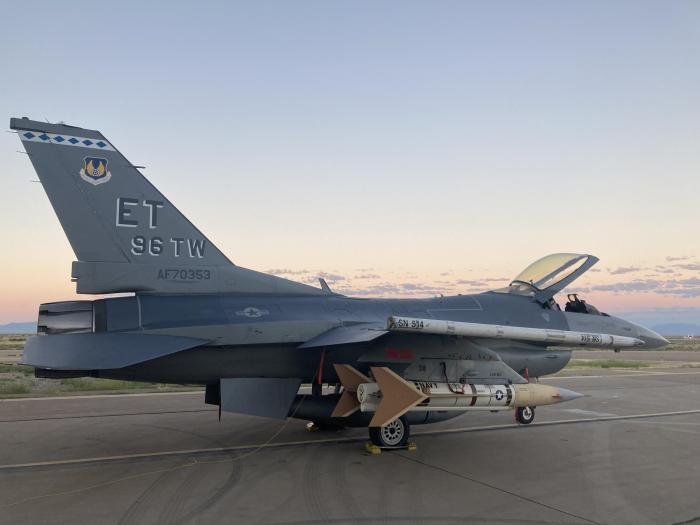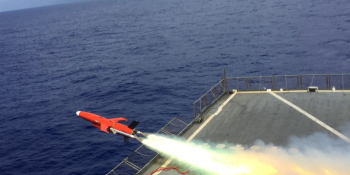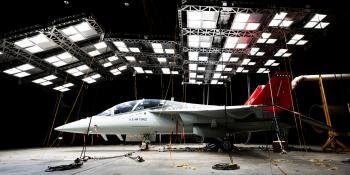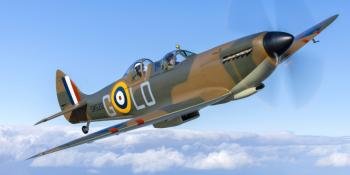The US Navy announced on October 26 that it has launched its last two remaining AQM-37 aerial targets during a training operation with the US Army – a mission which concluded 60 years of operations with the system.
Marking the end of an era, this milestone launch was conducted on September 22 in support of US Army Integrated Fires Mission Command operations at the White Sands Missile Range in New Mexico. Having entered US Navy service in 1962 and with more than 5,000 examples delivered and launched, the AQM-37 target has played an instrumental role in the development, testing and deployment of new weapons systems, such as the AIM-9 Sidewinder short-range air-to-air missile; the shipborne RIM-7 Sea Sparrow short-range anti-aircraft missile and ships equipped with the Aegis Combat System, a missile defence system.

Don Blottenberger, program manager for the US Navy’s Aerial Targets Program Office (PMA-208), said: “The final launch of the AQM-37 represents the closing of a chapter for the Aerial Targets Program Office and our industry partners, but also intensifies our focus and provides us the opportunity to start and sustain new chapters with more advanced technology and capabilities that closer resemble the threats we face.
“The legacy of the AQM-37 and those who were involved in its development and sustainment through the decades will not be forgotten. Its 60-year lifespan is a testament to its capability, reliability and the critical role it has played in the security and preparedness of both our own, and our international partners’ armed forces,” he added.
Able to fly simulated ballistic missile profiles at altitudes of up to 100,000ft (30,480m), the AQM-37 was able to replicate both air-to-air and air-to-surface threats and was used to support the US military and its international partners across the globe – including NATO nations. The aerial target was frequently used in conjunction with the US Air Force (USAF), with the Lockheed Martin F-16 Fighting Falcon multi-role fighter often being used as a launch platform.
For example, the USAF’s 412th Test Wing (TW) recently launched seven AQM-37 targets from F-16s to help test the capabilities of the Northrop Grumman E-2D Advanced Hawkeye airborne early warning and control (AEW&C) aircraft and Lockheed Martin F-35 Lightning II fifth-generation multi-role stealth fighters during the Navy-hosted Exercise Gray Flag at the Point Mugu Sea Range, off the coast of California.
Blottenberger continued: “Our supersonic technical team has done fantastic work over the last several years to get the final targets launched and put to use in a way that supports development and testing for our military. The team saved the Navy close to $1m by avoiding demilitarisation of the last several targets by using them for the Navy Gray Flag exercise and other test and evaluation events.”








